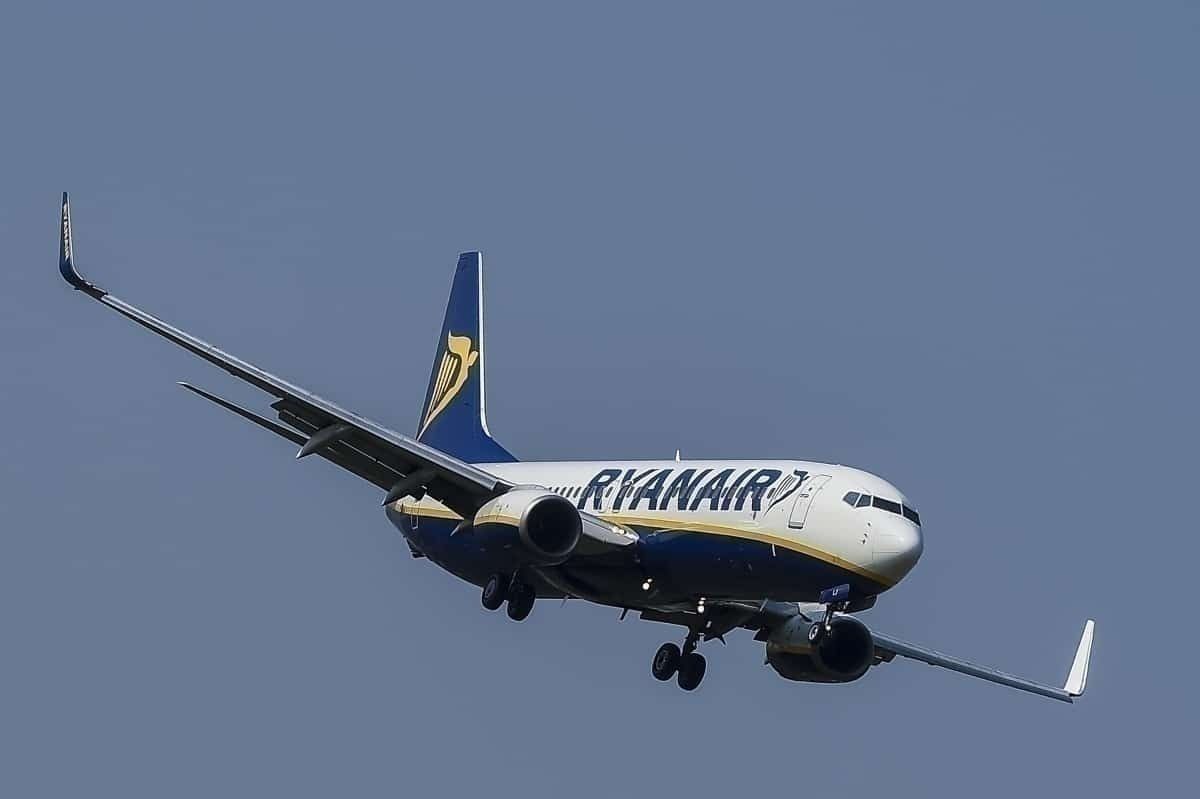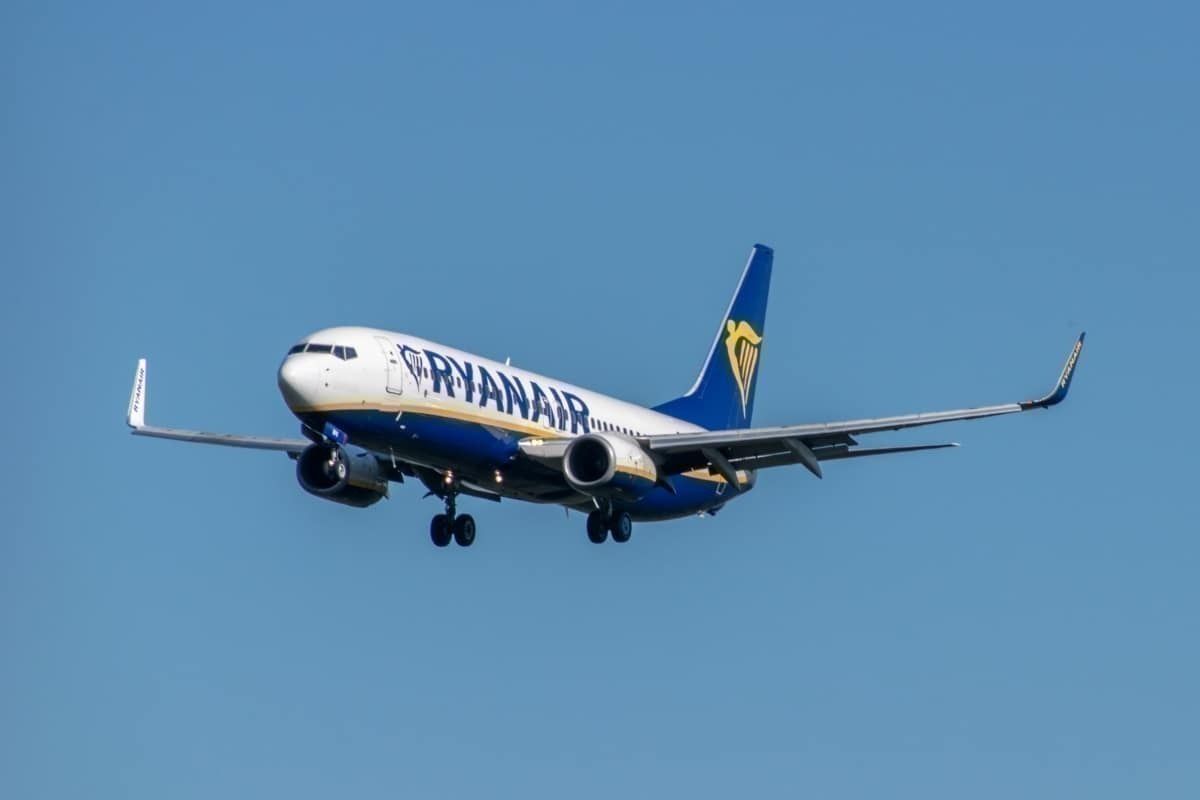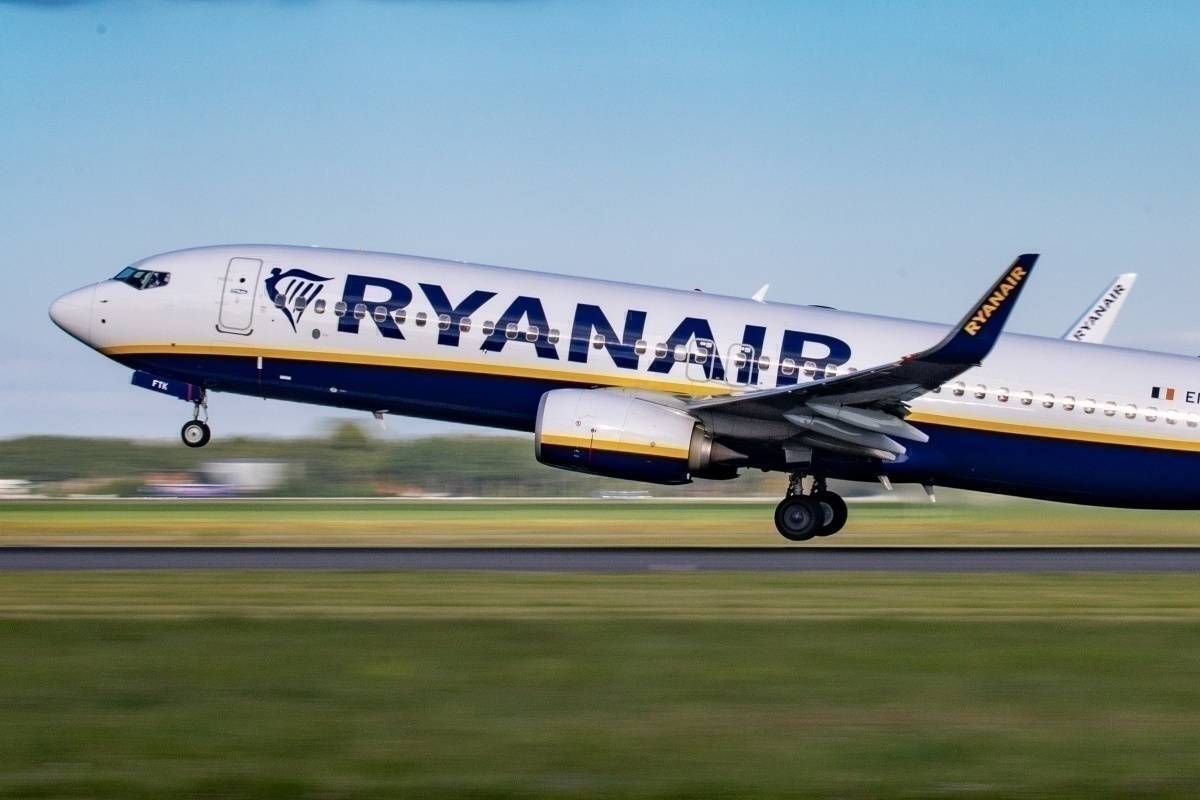The French Bureau d'Enquêtes et d'Analyses pour la Sécurité de l'Aviation Civile (BEA) has just issued an incident report involving a Ryanair Boeing 737-800 flying too low while making its approach. On Jan 29th, 2015, Boeing 737-800 operating as flight number R-8592 from London Stansted Airport(STN) to Bergerac Dordogne Périgord Airport (EGC) descended below a safe altitude while on approach.
The aircraft registration number EI-EMK with 172 passengers and crew was approaching Bergerac Airport in poor visibility when it was ordered to pull up by an automated safety system.
As the jet was making its approach to Bergerac's runway 28, the aircraft descended below minimum safe altitude triggering a warning prompting the pilots to abort the landing. The crew took the plane back up to a safe height before safely landing 24 minutes later.
When the alarm sounded the plane was eight miles from the runway
When the critical 'pull up' instruction sounded, the jet was just 842 feet above the ground, eight miles from the runway. When the alarm went off, the first officer was conducting a turn in a dense cloud with no visual references to rely on.
The 27-year-old First Officer had just 400 hours flying experience and had never flown a non-precision approach, an automated system that regulates the aircraft's descent.
A non-precision approach allows a pilot to follow a pre-determined course down to a minimum altitude. Pilots aren't allowed to go below this minimum altitude unless they can see the runway.
The BEA accused the pilots of losing situational awareness
In its report, the BEA said that the 57-year-old Captain and the First Officer had lost situational awareness during the approach. It added that the Captain should have told the First officer to use navigation equipment due to the conditions. The BEA found that just as they were commencing their approach to Bergerac, they changed the landing mode in the flight computer, which led to a misunderstanding between them. Once the low altitude alarm sounded, they aborted the landing and climbed to 4,000 ft.
Had they not reacted quickly, the plane would have crashed 40 seconds later, miles short of the runway.
BEA: Pilots rely too heavily on technology
In conclusion, the BEA said pilots rely too heavily on technology and may not have the skills to carry out non-precision approaches using only conventional equipment and instruments.
Since the incident, Ryanair has changed its operating procedures as it deemed additional risks associated with these types of landings, telling its pilots not to use similar "non-precision" approaches while on automatic pilot.
Having made numerous landing in similar conditions, I would assume that this Ryanair incident is relatively rare. What is worrying about it is that the Captain did not know that the First Officer had not been trained for non-precision approaches.
What do you think about this Ryanair, Bergerac incident? Please let us know your thoughts in the comments.



